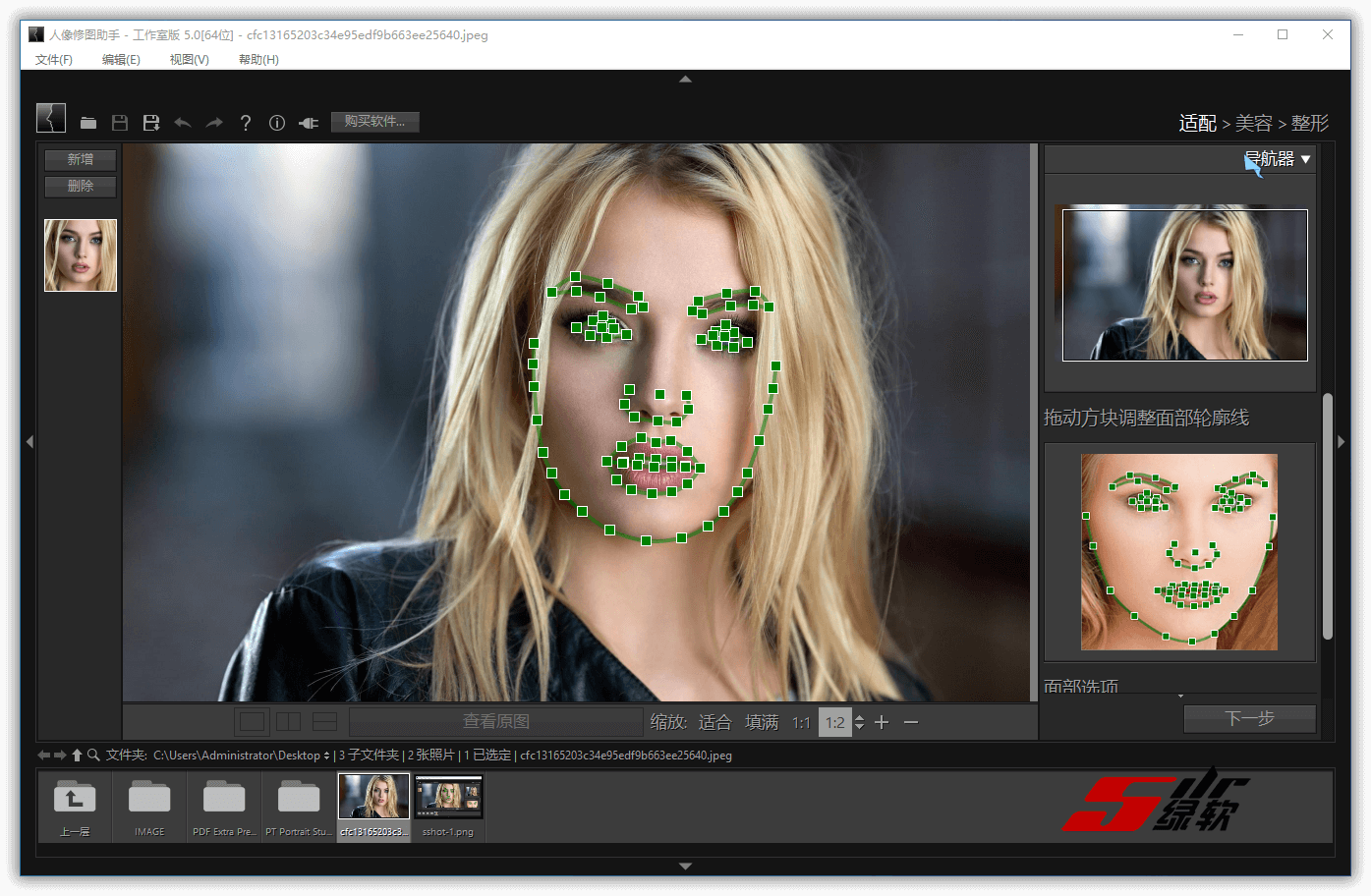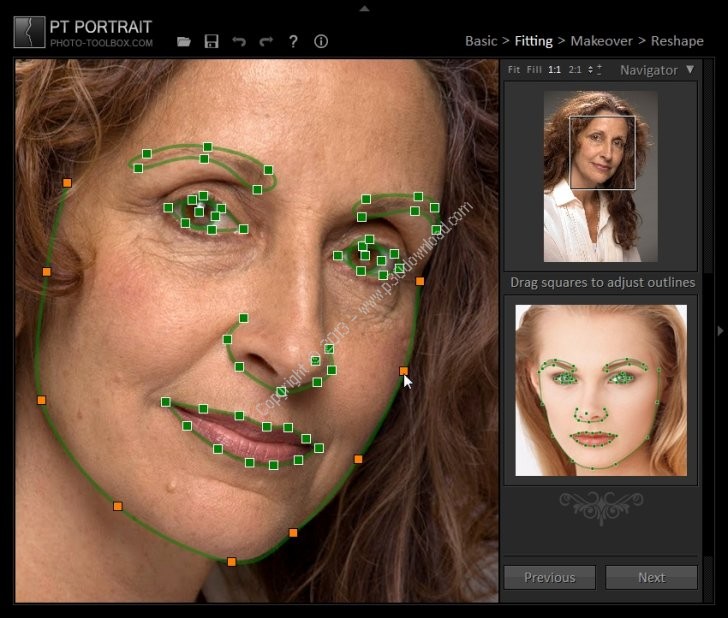


The app’s other amazing feature is the Magic Avatars, which can generate a cool-looking avatar by importing 10 - 20 pictures of the same person. All of these have extensive options and sliders to help you adjust your images perfectly-not to mention that the Magic Retouch function auto-adjusts its AI enhancement filter on selfies with a simple tap. Lastly, “Canvas” is for choosing different image borders. “Effects”, “Art Styles,” and “Filters” are just for special AI effects. Meanwhile, “Adjust” is for configuring the image’s lightning, brightness, contrast, saturation, and the like. The first two are pretty self-explanatory in their usage. First, after importing an image-preferably a selfie or picture with human faces-the app displays seven primary tools: Face, Backdrop, Adjust, Effects, Art Styles, Filters, and Canvas. Its main appeal though is its AI technology, which is present in nearly all of its tools. Those looking for higher resolution output and more filters will want to pay for the 'pro' version.As its name says, Lensa: Pictures & Photo Editor is a photo-editing app with automatic retouching functions. Still, the free version will serve you well if you just want to test out some basic filters.ĪfterFocus works well and includes many usable filters in its free version. You can only take one picture at a time, only low resolutions are available, and some filters are locked out. There are also some limitations with the free version of AfterFocus. While AfterFocus does include a bunch of filters, many of them do almost the same thing and the filters aren't very good and there aren't many of them, especially when compared to an app like Instagram. Disappointingly there aren't basic photography tweaks like hue, contrast, or color included in AfterFocus. However, if you're looking to have more control over your photography, you'll probably want to look elsewhere.

If you're just looking to increase the depth of field (or bokeh) of your photo, AfterFocus will do just fine. Does AfterFocus succeed in making photos more "DSLR-like?" Yes and no.


 0 kommentar(er)
0 kommentar(er)
